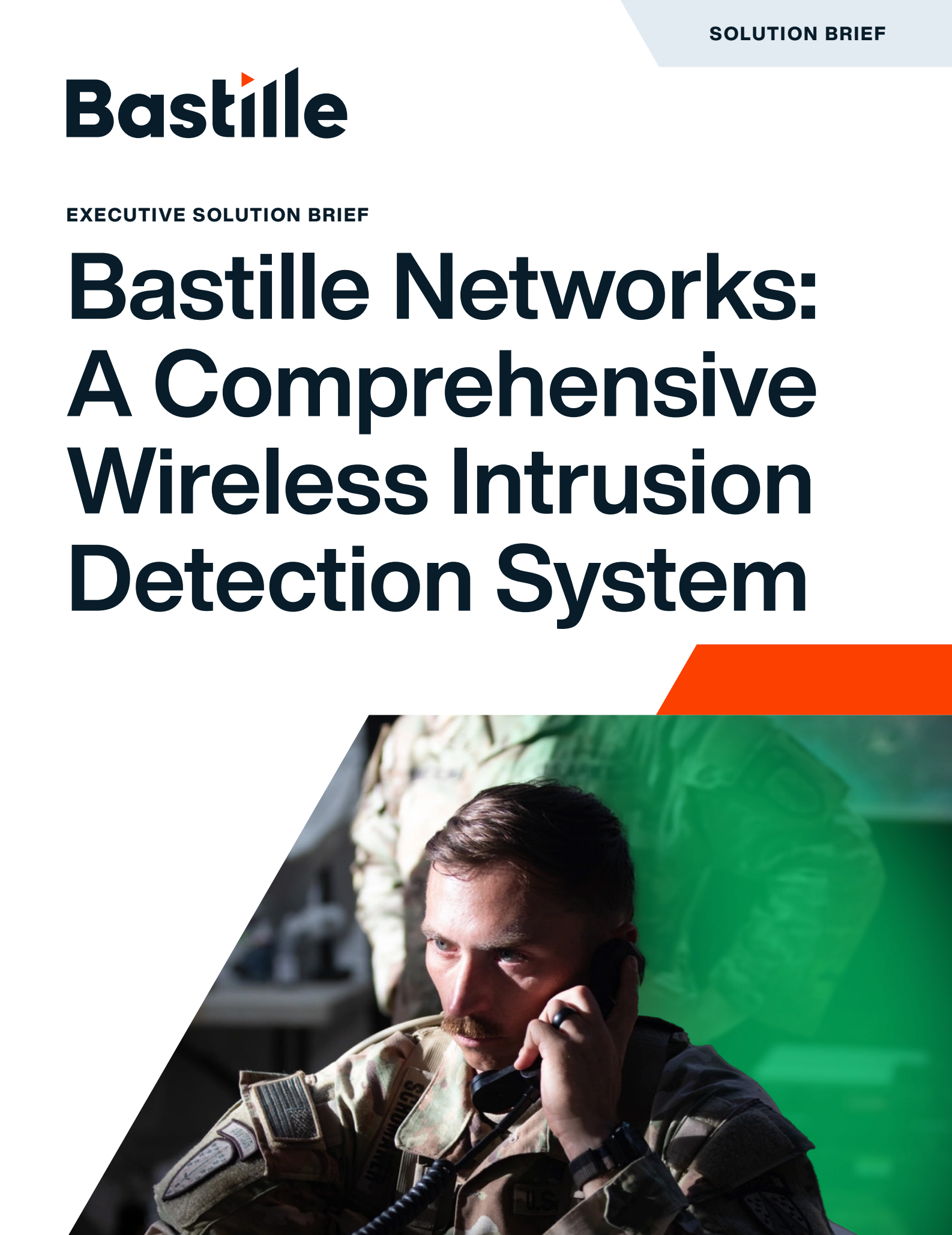
In today’s cybersecurity landscape, the growing threat of wireless attacks calls for a robust, integrated approach to network defense. Bastille Networks, known for its 100% passive Wireless Airspace Defense solution, has partnered with Splunk, a leading security information and event management (SIEM) platform. This integration enables users to enhance their ability to detect, monitor, and respond to wireless threats in real-time, providing an additional layer of security for enterprise environments.
What the Integration Does
Bastille’s integration with Splunk provides a seamless connection between Bastille’s passive wireless monitoring platform and Splunk’s powerful analytics engine. Through this integration, Splunk users can ingest and analyze data collected by Bastille’s sensors, which monitor a broad spectrum of wireless frequencies (100 MHz to 7.125 GHz). This data includes detections and information from IoT device activity, rogue access points, unauthorized devices, and other wireless threats.
Using Splunk’s rich data analysis capabilities, organizations can gain deeper insights into wireless network activities and correlate these with other security data in their environment. This capability enables more informed decision-making, allowing teams to identify and address potential security incidents quickly, before they escalate.
How It Benefits Users
- Comprehensive Visibility: The integration provides users with a unified view of wired and wireless network activities. Organizations gain a comprehensive overview of their security posture by correlating Bastille’s wireless data with other network logs and security events from Splunk. This information-sharing eliminates the siloed approach to network security, allowing for faster and more effective threat detection.
- Real-Time Threat Detection: Bastille’s passive monitoring continuously detects wireless vulnerabilities and attacks, including unauthorized devices, signal jamming, and rogue access points. With Splunk’s capabilities, users can receive real-time alerts, enabling a proactive response to mitigate threats before they cause significant damage.
- Improved Incident Response: When a wireless security incident occurs, the integration between Bastille and Splunk provides detailed context that helps incident response teams understand the scope and nature of the attack. This context reduces response time, accelerates remediation efforts, and helps mitigate risks to critical systems and data.
- Customizable Dashboards and Reporting: Splunk allows users to create custom dashboards and reports tailored to their specific security requirements. With Bastille’s wireless data incorporated into Splunk, users can easily visualize trends and spot anomalies in their wireless network activity. The extensive data makes it easier to track security performance over time and identify patterns indicative of potential threats.
The Advantages It Brings
- Enhanced Threat Detection Across All Vectors: By integrating Bastille with Splunk, organizations expand their security detection capabilities to include wireless threats, which are often overlooked or under-prioritized. This integration enables the organization to monitor all potential attack vectors simultaneously, both wired and wireless, providing a more comprehensive view of the threat landscape.
- Scalability and Flexibility: Both Bastille and Splunk offer scalable solutions, ensuring that as an organization’s network grows, its ability to monitor and protect against wireless threats does too. This scalability makes the integration a future-proof solution for businesses anticipating growth or an increase in wireless traffic volume.
- Streamlined Security Operations: The integration allows security teams to consolidate and streamline operations. Organizations can reduce complexity, improve operational efficiency, and focus resources on responding to critical threats by managing network and wireless security through a single platform.
- Reduced Risk of Wireless Attacks: Wireless vulnerabilities are a growing concern with the proliferation of IoT devices and BYOD policies in corporate networks. Bastille’s specialized focus on wireless threats, combined with Splunk’s powerful analytics, helps users detect and mitigate risks associated with insecure or compromised devices before attackers can exploit them.
Bastille App in Splunkbase
To simplify the integration process and enable seamless use, Bastille has developed an app now available on Splunkbase. The Bastille app for Splunk provides out-of-the-box functionality to facilitate easy data ingestion, real-time monitoring, and visualization of wireless security data. The app streamlines the deployment of Bastille’s Wireless Airspace Defense capabilities within a Splunk environment, enabling users to analyze wireless threats without complex configurations quickly.
This app provides pre-configured dashboards, search commands, and alerts that automatically correlate Bastille’s wireless data with other security logs within Splunk, enabling rapid insights and real-time threat detection. Additionally, users can customize these dashboards to suit their specific needs and refine the data they’re viewing for more tailored security insights. The app is a powerful tool that enhances the overall user experience by simplifying the integration and ensuring that organizations can maximize the potential of both Bastille and Splunk.
Conclusion
The Bastille and Splunk integration represents a powerful advancement in the ongoing effort to protect organizations from wireless security threats. By combining Bastille’s passive wireless monitoring with Splunk’s sophisticated data analysis and correlation capabilities, users gain greater visibility, enhanced detection, and faster incident response. This integration provides cybersecurity teams with a comprehensive, scalable, and efficient solution to protect against the ever-evolving landscape of wireless threats.



